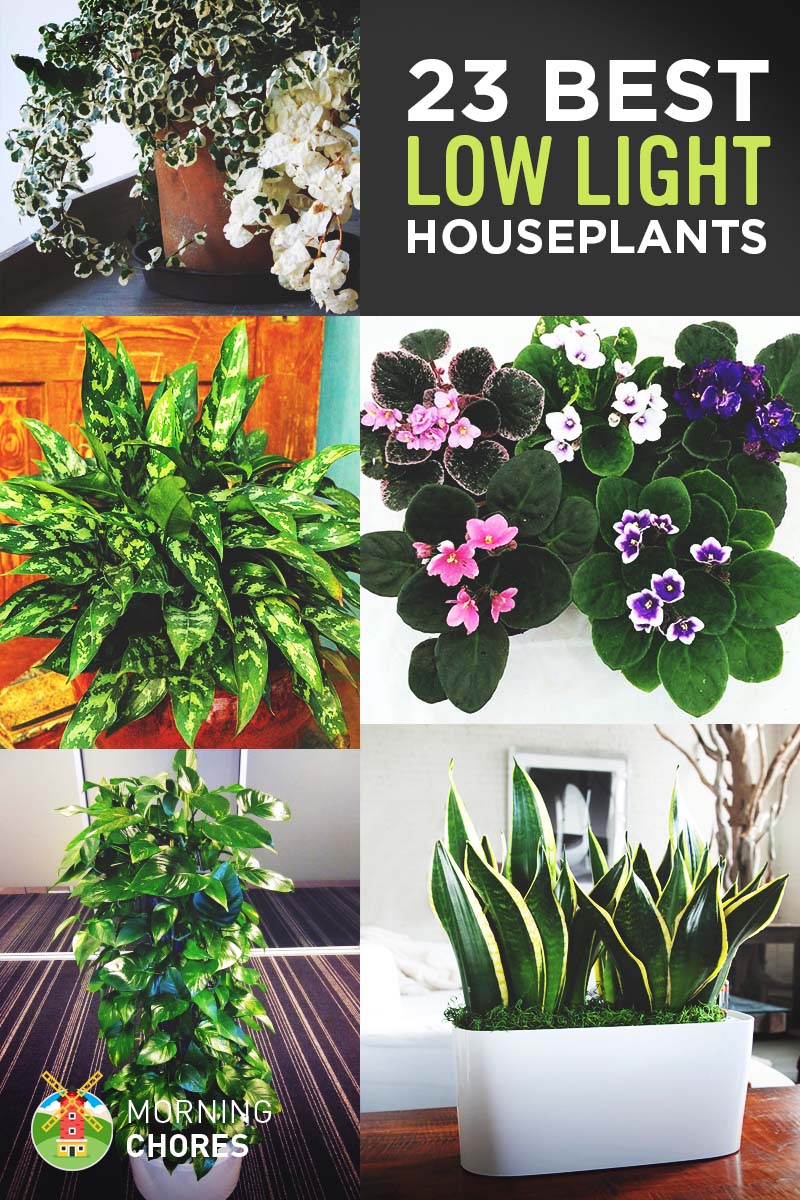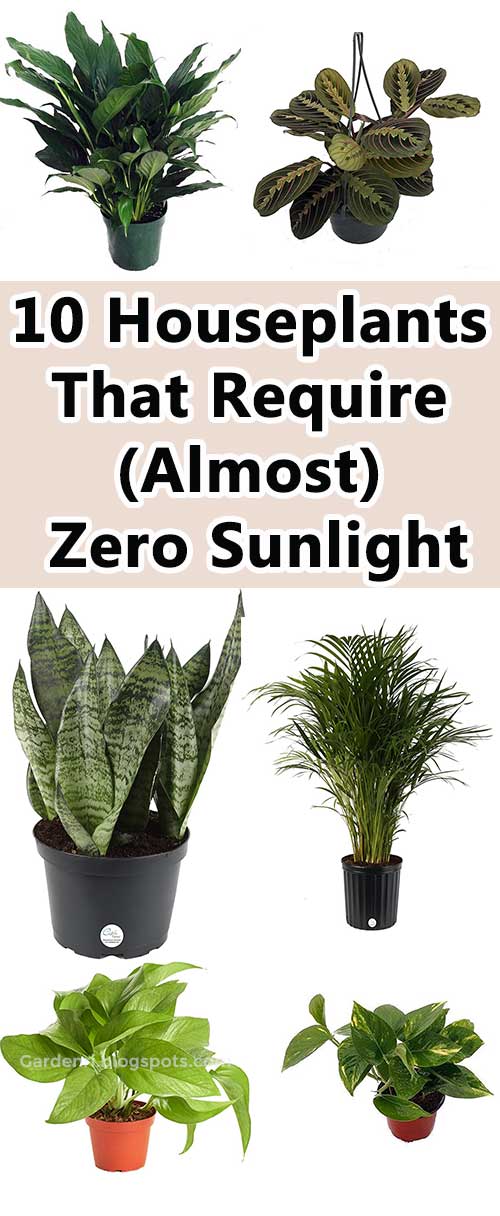Low-Light Champions: The Benefits of Shade-Tolerant Plants
Indoor spaces often lack the natural light that plants need to thrive. However, there are plants that can flourish in low-light conditions, bringing numerous benefits to their surroundings. Plants that need no light can purify the air, reduce stress, and even boost productivity. They can also add a touch of greenery to offices, basements, or any room with limited sunlight. By incorporating these shade-tolerant plants into your space, you can create a more welcoming and healthy environment. In this article, we’ll explore the world of low-light plants, discussing their advantages, care requirements, and design possibilities.
How to Choose the Perfect Low-Light Plant for Your Space
Selecting the right low-light plant for your space can be a daunting task, especially with the numerous options available. However, by considering a few key factors, you can find the perfect plant that need no light to thrive in your indoor space. First, assess the lighting conditions in your space. While plants that need no light can tolerate low light, some may still require a bit of indirect sunlight. Next, consider the temperature and humidity levels in your space. Some low-light plants prefer warmer temperatures, while others thrive in cooler conditions. Finally, think about the level of maintenance you’re willing to provide. Some low-light plants require frequent watering and pruning, while others are more forgiving. By taking these factors into account, you can choose a low-light plant that will flourish in your space and bring numerous benefits to your indoor environment.
The Top 5 Plants that Can Survive with No Direct Sunlight
When it comes to plants that need no light, there are several options that can thrive in low-light conditions. Here are the top 5 plants that can tolerate no direct sunlight, making them perfect for indoor spaces and areas with limited natural light. First, the Chinese Evergreen is a popular choice for its attractive leaves and ability to purify the air. Next, the Pothos is a low-maintenance plant that can grow in a variety of lighting conditions. The Snake Plant, also known as Mother-in-Law’s Tongue, is a stylish option that can survive with minimal light. The ZZ Plant is a low-maintenance plant that can tolerate a range of lighting conditions, making it perfect for busy people. Finally, the Peace Lily is a beautiful plant that can thrive in low-light conditions, producing elegant white blooms. These plants are all great options for anyone looking to bring some greenery into their space, even if it lacks direct sunlight.
Care and Maintenance for Low-Light Plants
To ensure that plants that need no light thrive in their environment, proper care and maintenance are essential. Watering is a crucial aspect of low-light plant care, as overwatering can be detrimental to the plant’s health. It’s recommended to water low-light plants sparingly, allowing the soil to dry slightly between waterings. Fertilizing is also important, but it’s best to use a balanced, water-soluble fertilizer at half the recommended strength to avoid burning the roots. Pruning is another key aspect of low-light plant care, as it helps maintain the plant’s shape and promotes healthy growth. Remove any dead or dying leaves or stems, and trim back overgrown branches to encourage new growth. By following these simple care and maintenance tips, plants that need no light can thrive and bring beauty and freshness to indoor spaces.
Common Mistakes to Avoid When Growing Low-Light Plants
When it comes to growing plants that need no light, there are several common mistakes to avoid to ensure their success. One of the most critical mistakes is overwatering, which can lead to root rot and other problems. On the other hand, underwatering can also be detrimental, causing the plant to become stressed and vulnerable to disease. Insufficient humidity is another common mistake, as low-light plants thrive in humid environments. Other mistakes to avoid include placing plants in areas with drafts or extreme temperatures, as well as neglecting to fertilize or prune them regularly. By being aware of these common mistakes, growers can take steps to prevent them and create a thriving environment for their low-light plants. Additionally, understanding the specific needs of plants that need no light can help growers tailor their care and maintenance routines to meet those needs, resulting in healthier and more vibrant plants.
Creating a Low-Light Oasis: Design Tips for Indoor Spaces
Transforming a low-light space into a lush oasis is easier than you think. By incorporating plants that need no light, such as Chinese Evergreen, Pothos, and Snake Plant, into your design, you can create a thriving indoor ecosystem. Start by selecting a statement piece, like a show-stopping Peace Lily, and build your arrangement around it. Consider grouping plants with similar lighting requirements together to create a cohesive look. Don’t be afraid to experiment with different textures, colors, and shapes to add visual interest. To enhance the ambiance, incorporate soft, warm lighting, such as table lamps or floor lamps, to create a cozy atmosphere. Finally, add some decorative elements, like natural stone or reclaimed wood, to bring the space to life. With a little creativity, you can turn even the darkest corner into a vibrant, plant-filled oasis that brings joy and serenity to your daily life.
The Science Behind Low-Light Plant Growth
Plants that need no light have evolved unique adaptations to thrive in low-light conditions. One of the key factors is the role of chlorophyll, the green pigment responsible for photosynthesis. While most plants require direct sunlight to undergo photosynthesis, low-light plants have developed ways to optimize this process in low-light environments. For example, some plants have larger chloroplasts, the organelles responsible for photosynthesis, to increase their surface area and capture more light. Others have adapted to use alternative light sources, such as fluorescent lighting, to fuel their growth. Additionally, low-light plants often have slower growth rates and more efficient metabolic processes to conserve energy. By understanding the science behind low-light plant growth, growers can better appreciate the remarkable abilities of these plants and provide them with the optimal conditions to thrive. By choosing plants that need no light, growers can bring life and vitality to even the darkest spaces, creating a lush oasis that flourishes in the shadows.
Conclusion: Bringing Life to Low-Light Spaces
Incorporating plants that need no light into your indoor space can have a transformative impact on the ambiance and air quality. By understanding the unique needs and benefits of these plants, growers can create thriving oases in even the darkest corners. From the low-maintenance ZZ Plant to the elegant Peace Lily, there’s a plant that need no light to suit every style and space. By following the tips and guidelines outlined in this article, growers can unlock the full potential of these remarkable plants and bring life and vitality to their indoor spaces. Whether you’re a seasoned gardener or a beginner, experimenting with plants that need no light can be a rewarding and enriching experience. So why not give it a try? With the right plant and a little care, you can create a stunning low-light oasis that will thrive in the shadows.








